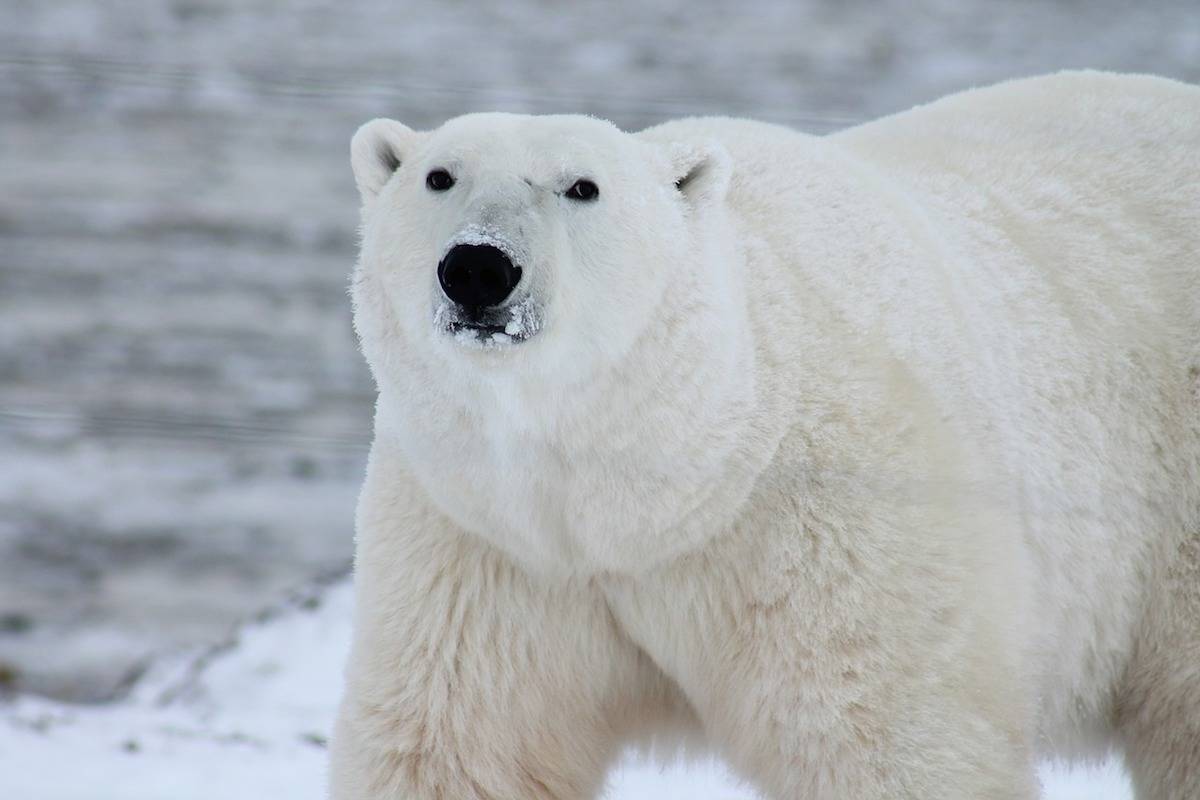Nunavut officials are investigating a polar bear attack that killed an Inuit hunter and injured two others.
RCMP say the three from the community of Naujaat were discovered off White Island, about 80 kilometres away, on Tuesday.
The two survivors had minor injuries.
RELATED: ‘Very big shock:’ Nunavut man killed by polar bear while protecting kids
The hunters left Naujaat, which is on the northernmost shore of Hudson Bay, Aug. 21 to hunt narwhal and caribou. They were expected home on Thursday.
Police say they were notified when the trio hadn’t shown up by Sunday. Search efforts by the Joint Rescue Co-ordination Centre, the Nunavut Emergency Management office and a local search team began Monday.
Resources included a Hercules airplane and boats from the Naujaat search-and-rescue team. The boats weren’t able to reach where the hunters were believed to be when sea ice blocked the way.
A second Hercules as well as a helicopter-equipped icebreaker joined the search on Tuesday.
White Island is an uninhabited island of low peaks and frozen lakes at the mouth of Repulse Bay.
RCMP continue to investigate the death. A team from the Nunavut Environment Department is also on the site.
Department spokesman Dan Pimentel said a report on the death should be available in the next few days.
It’s Nunavut’s second fatal polar bear attack this summer.
RELATED: Canada in middle of pack on polar bear protection: World Wildlife Fund
In early July, a man from Arviat was killed when a bear appeared during a family outing on an island near the community. Aaron Gibbons, 31, died after he placed himself between the bear and his children, who were able to run to safety.
That bear was subsequently killed. A report on its condition has not been made public.
Fatal polar bear attacks on humans are rare despite the animals’ fearsome abilities.
Pimentel said the last fatal mauling before this year was in 2000 near Rankin Inlet.
A 2017 report from the U.S. Fish and Wildlife Service on bear attacks outlined 73 recorded predatory attacks and 20 fatalities between 1870 and 2014, although that list is likely incomplete.
Nearly two-thirds of the attacks were by young adult bears who were starting to starve. Nearly nine in 10 attacks occurred between July and December when sea ice was at its lowest.
The Canadian Press



